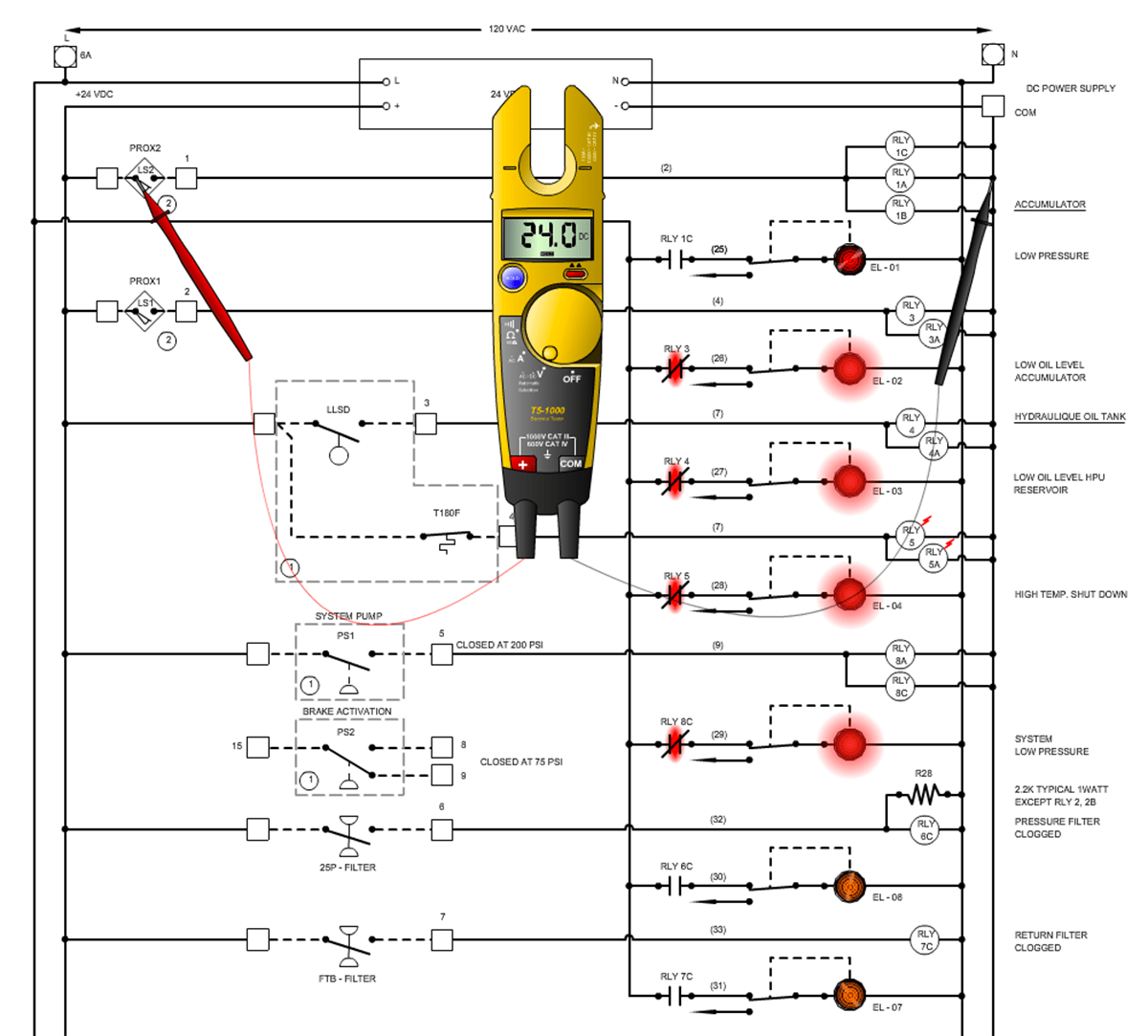Customized mechanical engineering industry support guidance for your business needs.
Customized mechanical engineering industry support guidance for your business needs.
Blog Article
Top Tips for Effective Electrical System Troubleshooting
Fixing electric systems calls for a systematic method, grounded in an extensive understanding of electrical concepts and security methods. The nuances of reliable troubleshooting expand past simple technological expertise; comprehending just how to document findings and prioritize safety and security can substantially affect results.
Understand the Fundamentals
Recognizing the fundamentals of electrical systems is necessary for effective troubleshooting, as a solid foundation allows professionals to identify and settle issues much more efficiently. A detailed grasp of electrical principles, such as voltage, existing, resistance, and power, is crucial in recognizing the source of problems. Voltage is the electrical prospective distinction that drives existing through a circuit, while resistance opposes the circulation of existing, affecting the general performance of the system.
Experience with circuit elements, including resistors, capacitors, diodes, and switches, is likewise critical. Each part plays a distinctive role in circuit behavior and can influence efficiency when malfunctioning. In addition, understanding collection and identical circuit configurations is vital, as these arrangements affect the distribution of voltage and present within the system.
Service technicians need to be aware of prospective hazards, such as shock and short circuits, to carry out secure troubleshooting practices. By grasping these foundational concepts, technicians enhance their capacity to perform efficient diagnostics and repair work, eventually leading to improved performance and reliability of electrical systems (electrical system troubleshooting).
Gather Necessary Devices
Efficient troubleshooting of electric systems needs the best set of tools to diagnose and resolve concerns precisely. Essential tools consist of a multimeter, which measures voltage, existing, and resistance, enabling for precise examinations of electrical parts.
Furthermore, insulated hand tools such as screwdrivers, pliers, and cord strippers are vital for safely controling electrical links. It is additionally recommended to have a circuit tester accessible to verify the existence of voltage in electrical outlets and cords. For more facility systems, a thermal imaging cam can aid discover overheating parts, showing potential failures.

Follow a Methodical Technique
Having actually collected the proper tools, the next action in repairing electric systems is to adhere to a methodical approach. A systematic method guarantees that technicians can recognize mistakes successfully and properly, minimizing downtime and protecting against unnecessary fixings.
Begin by reviewing the system's schematic layouts and requirements. Recognizing the design and operational specifications will certainly supply context for detecting concerns. Next, isolate the trouble area by using a process of removal. This involves monitoring each element systematically, beginning with the power resource and working in the direction of the load.
Utilize screening devices, such as multimeters and oscilloscopes, to collect unbiased data concerning voltage, current, and resistance at various points within the system. This empirical evidence will certainly lead your troubleshooting efforts and assist to validate or remove prospective sources of failure.
Furthermore, consider ecological factors that might affect the system's efficiency, such as temperature variations or moisture ingress. A detailed evaluation of circuitry, connections, and parts will certainly make certain that all opportunities are made up.
Record Your Findings
Complete documents is important in the fixing procedure of electric systems. This technique not just aids in understanding the root cause of the issue however additionally offers as a referral for future repairing initiatives.

Additionally, maintaining a log of parts changed or repair work carried out is important. This information sustains stock management and can aid examine the longevity and integrity of certain components.
Inevitably, the paperwork process need to be complete yet concise, making it possible for simple retrieval and testimonial - electrical system troubleshooting. By prioritizing thorough paperwork, specialists can develop a useful data base that not just aids in present troubleshooting but additionally encourages future maintenance initiatives, thereby boosting overall system integrity

Prioritize Safety Procedures
Recognizing the intrinsic risks related to electric systems is essential for ensuring safety and security during troubleshooting. Electrical shock, burns, and devices damage are just a few of the possible dangers that technicians encounter. Focusing on security steps is not just a lawful obligation however additionally an ethical crucial that safeguards both the professional and the surrounding environment.
Before beginning any kind of troubleshooting job, technicians ought to wear appropriate individual YOURURL.com safety tools (PPE), including insulated gloves, security glasses, and flame-resistant garments. Making certain that the workplace is completely dry and without clutter can significantly decrease the danger of mishaps. Moreover, it is necessary to de-energize circuits before beginning any type of work, verifying that they are not endure the use of a multimeter or voltage tester.
Establishing clear interaction methods with group members is likewise important; this ensures that everybody understands potential view publisher site threats and the standing of the electric system being worked with. Finally, having an emergency response plan in place can confirm invaluable in the event of an occurrence. By focusing on precaution, technicians can properly alleviate risks and cultivate a much safer workplace.
Final Thought
Efficient electrical system fixing counts on an extensive understanding of basic concepts and a methodical method. Focusing on safety and security steps makes sure the health of individuals involved and the stability of the electric system.
Report this page